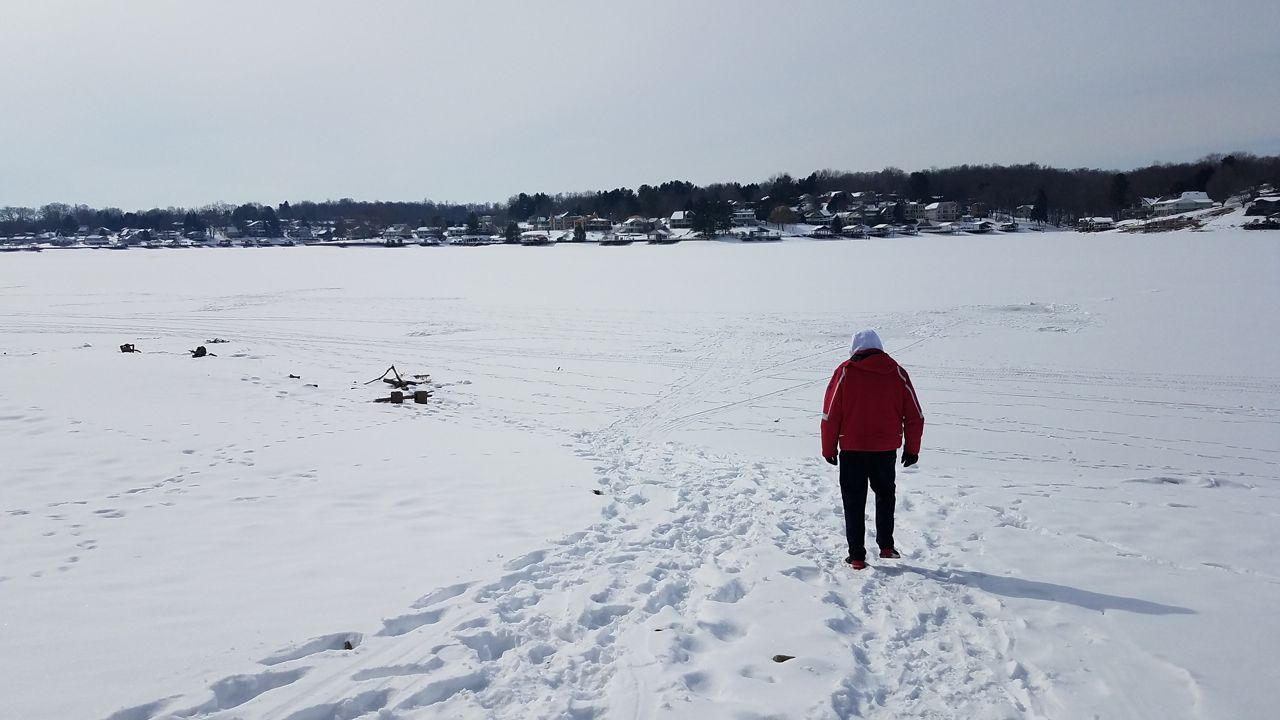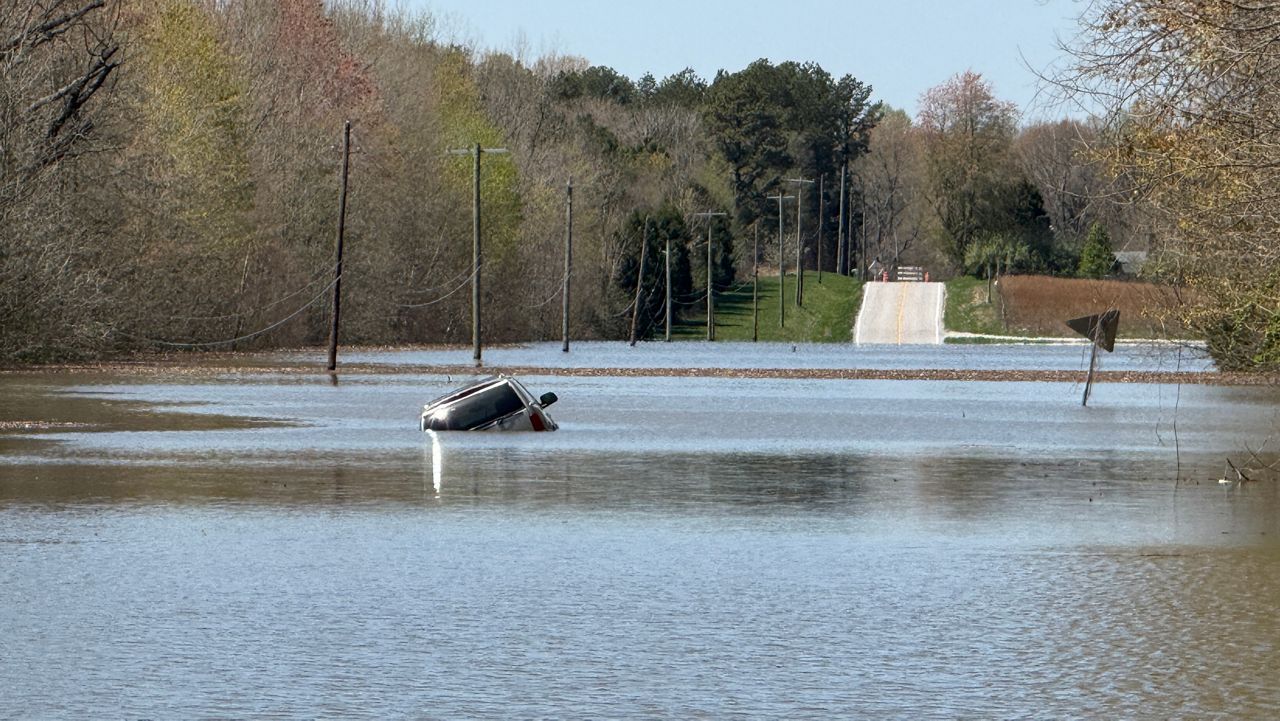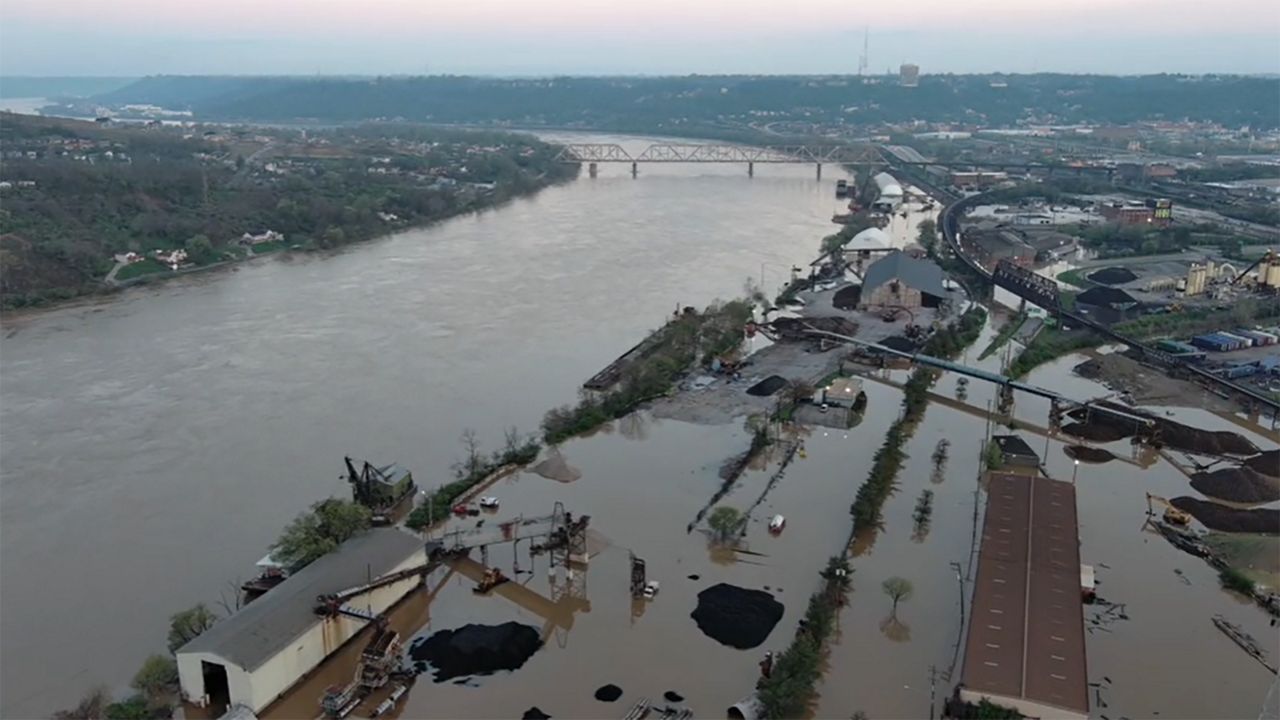OHIO — As cold weather moves into the state for the season, the Ohio Department of Natural Resources is reminding residents to prioritize water safety.
“Ohio’s waterways are breathtaking year-round, but cold water presents unique and serious risks,” said ODNR Director Mary Mertz in a release. “By wearing a life jacket and planning ahead, you can turn a potential danger into a safe and memorable adventure. With the right precautions, your winter outings can be stories worth sharing.”
ODNR said water that’s colder than the body’s average temperature – 98.6 degrees – can speed up heat loss, which increases the risk of hypothermia. Since cold water can cool the body 25 times faster than air of the same temperature, waterways could pose a significant hazard during the winter.
Here are some tips to ensure safety if Ohioans choose to venture out onto the water:
- Always wear a U.S. Coast Guard-approved life jacket to keep your airway above water. ODNR said this increase survival time in emergencies.
- Wear insulating and water-resistant clothing to help keep warm in cold conditions
- Make sure others know where you’re going and when you expect to return
- Check the weather and water conditions before heading out in case of rapidly changing conditions
Additionally, ODNR said no ice is 100% safe. A minimum of five inches of ice is recommended for skating, ice fishing, ice boating, snowmobiling and other ice-related activities. However, no matter the thickness, there is always a potential hazard.
When it comes to thickness of the ice, here’s what to look for:
- Ice near shore tends to be weaker due to expansion and warming.
- 4 inches of new clear ice is the minimum thickness for travel on foot
- 5 inches of new clear ice is the minimum thickness for snowmobiles and ATVs
- 8 - 12 inches of new clear ice is the minimum thickness for cars or small trucks
- Check with a local resort or bait shop for known thin ice areas
- Refrain from driving on ice whenever possible
Additional tips and resources for staying safe during winter adventures are available on the ODNR website at: Winter Recreation Safety.










